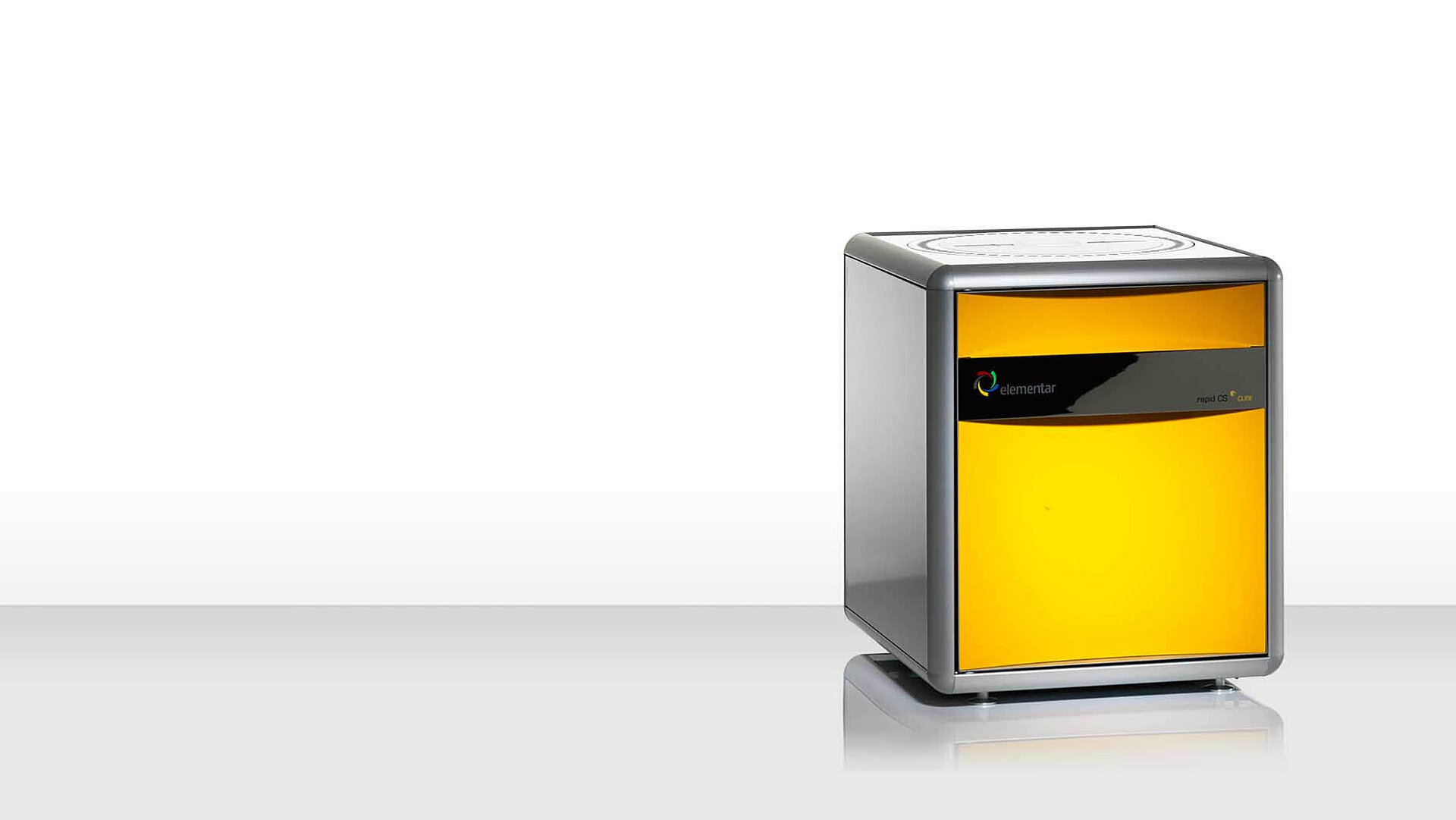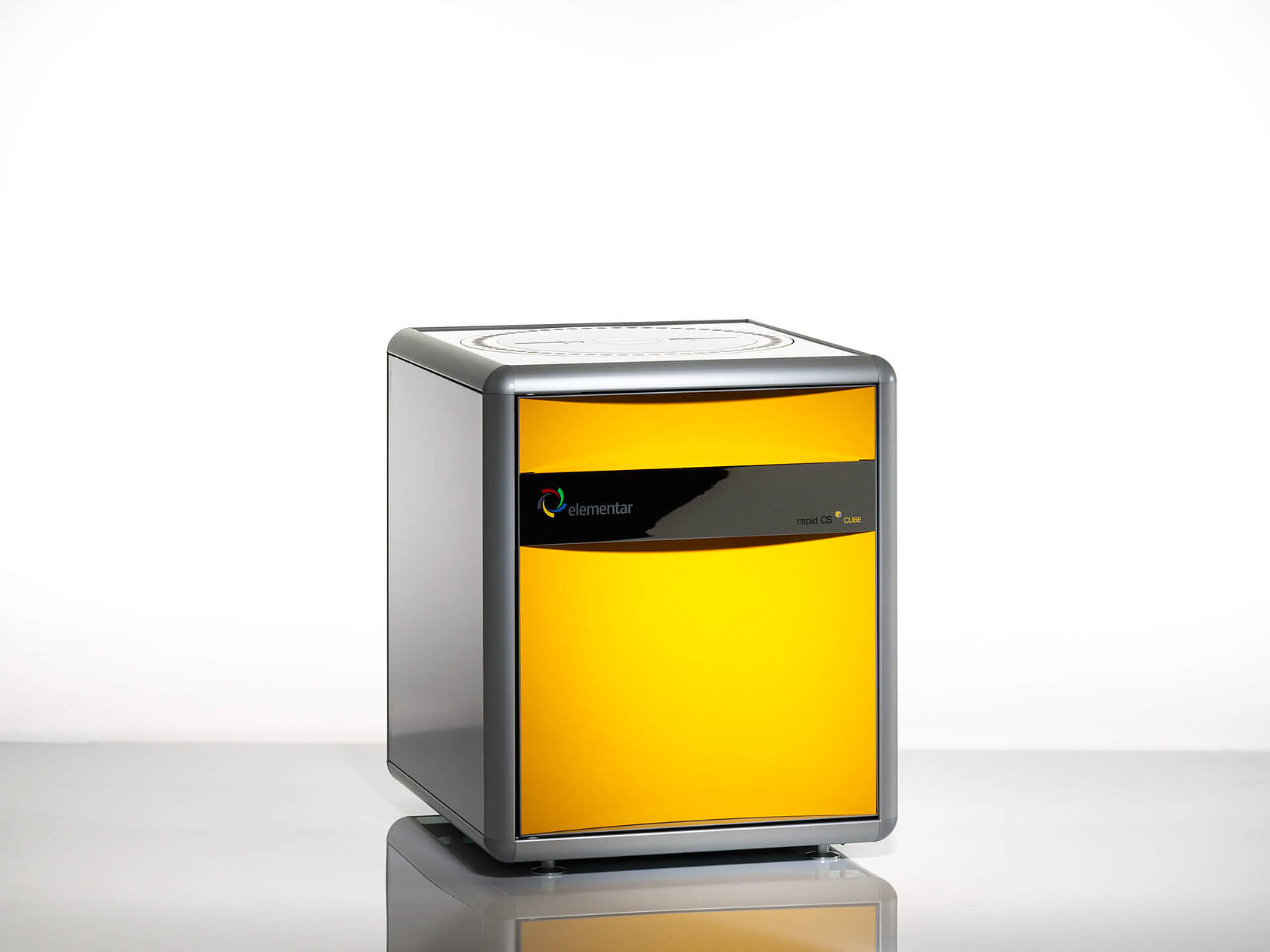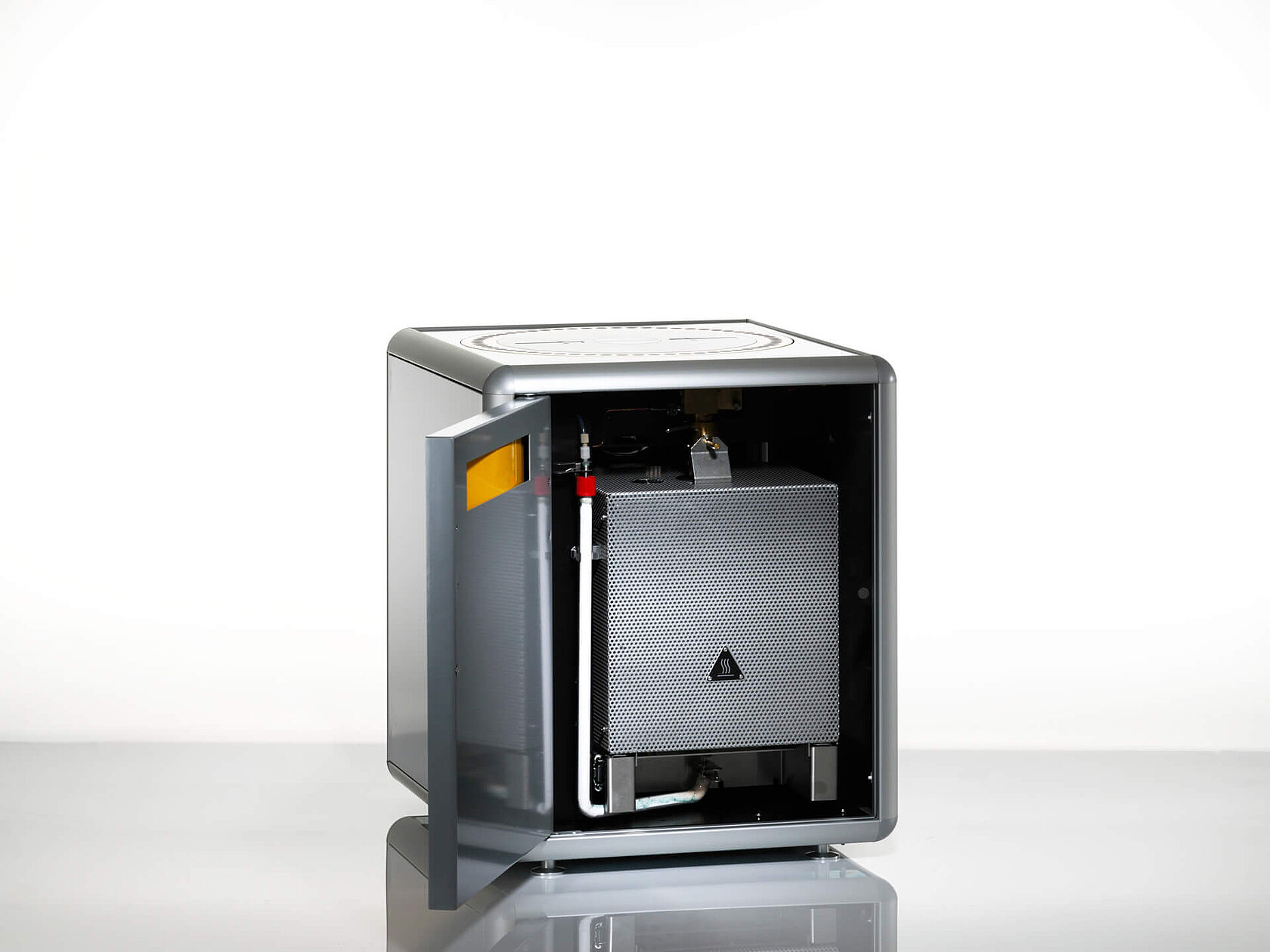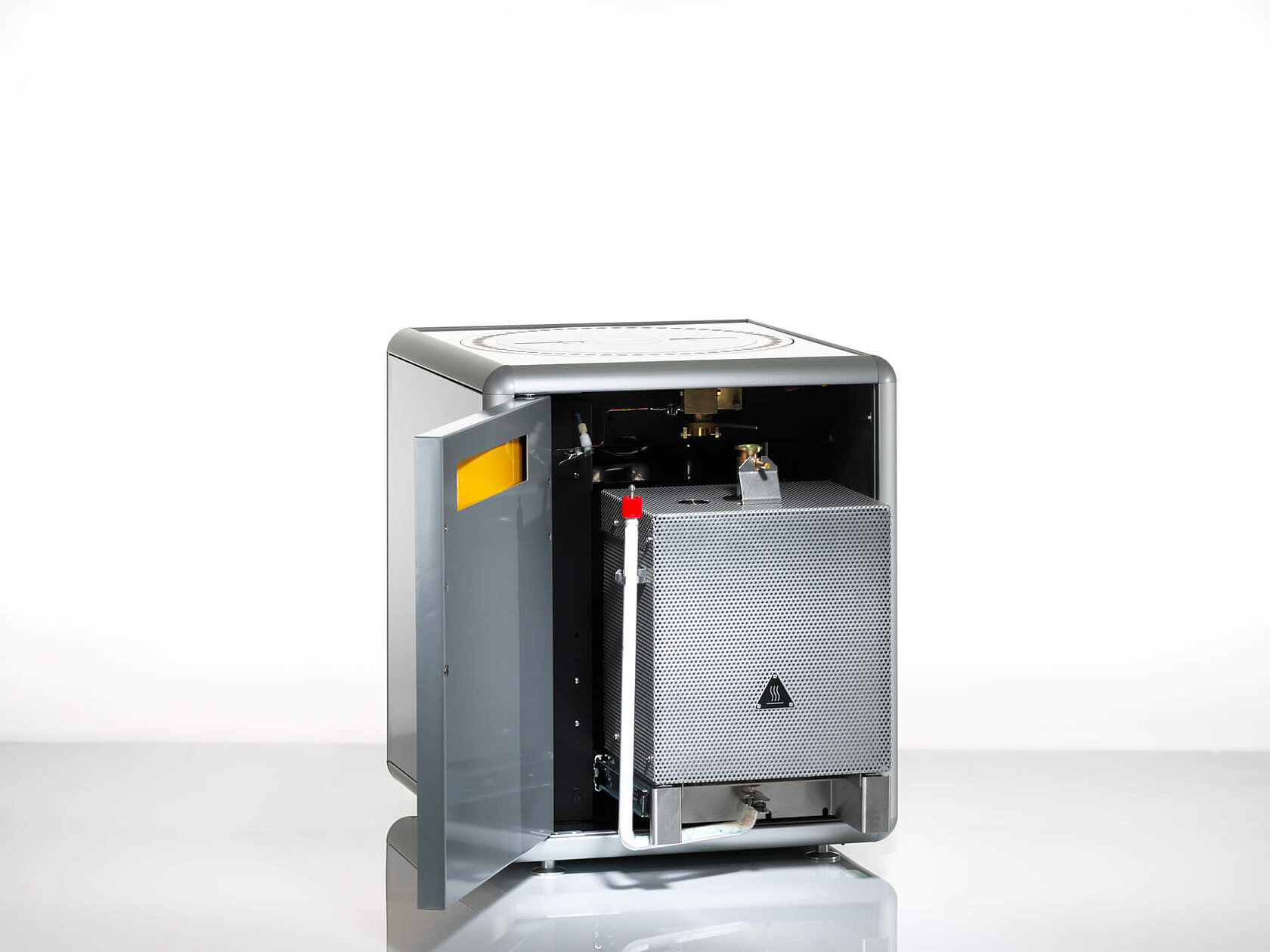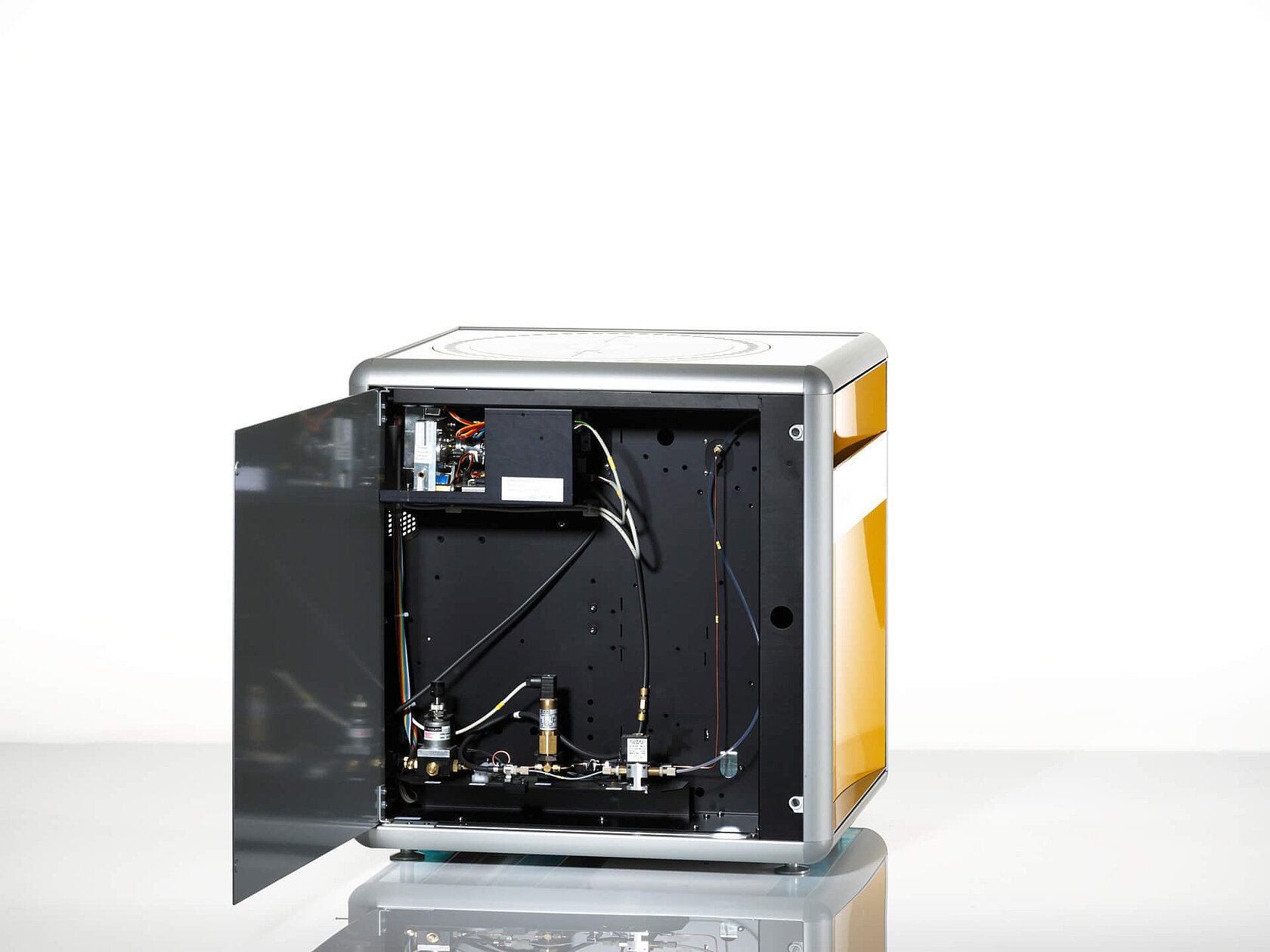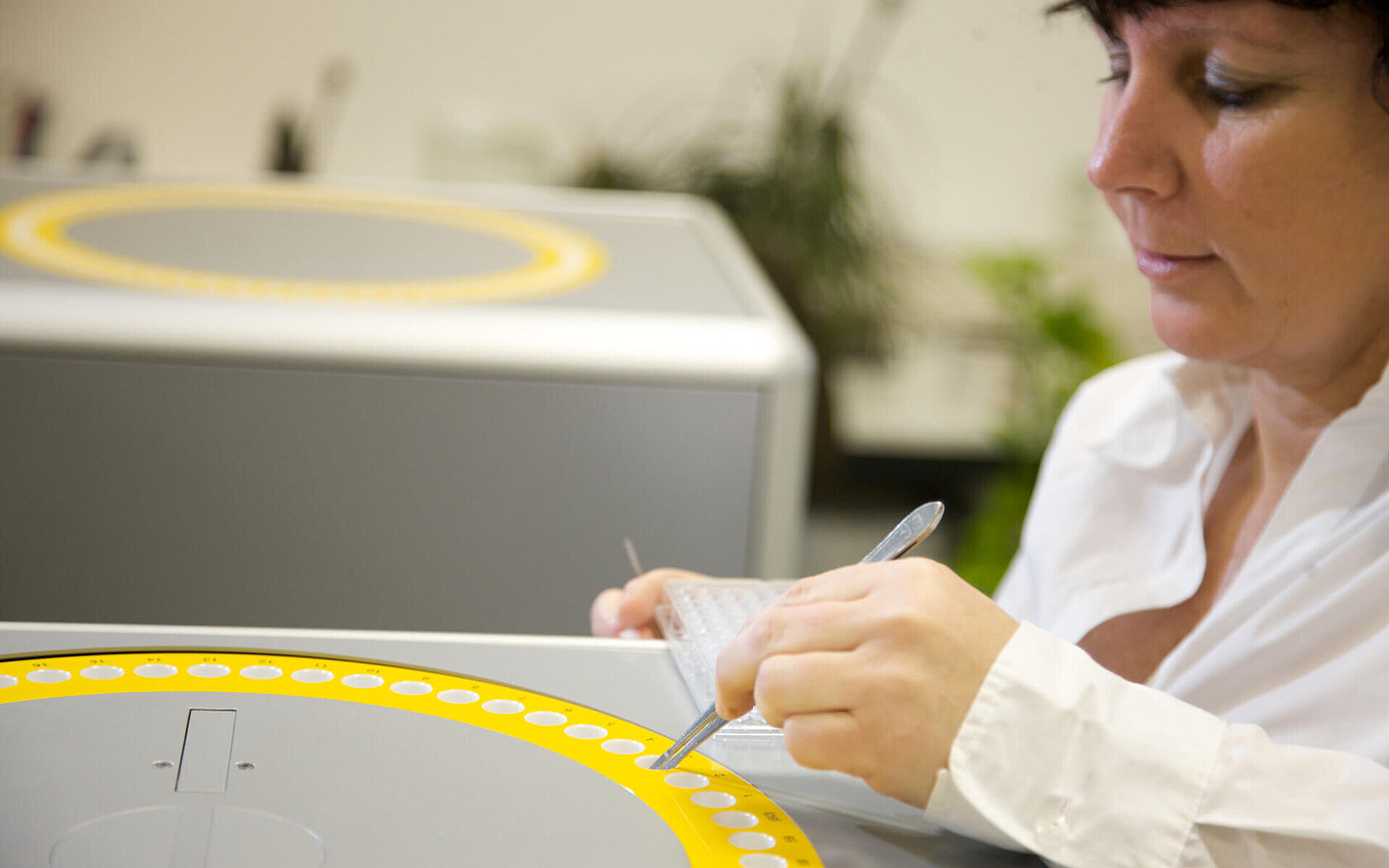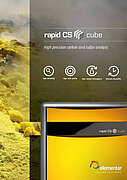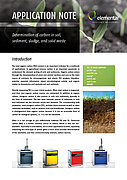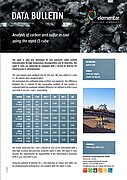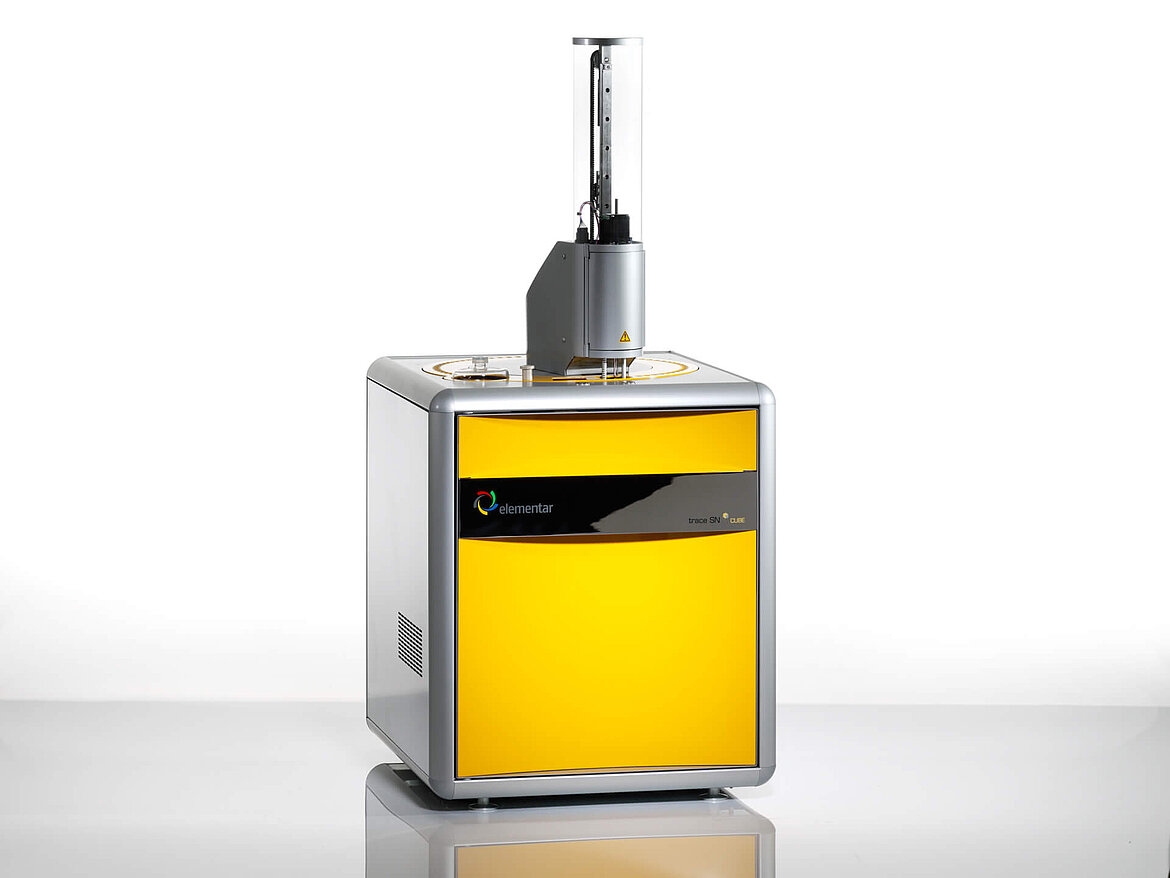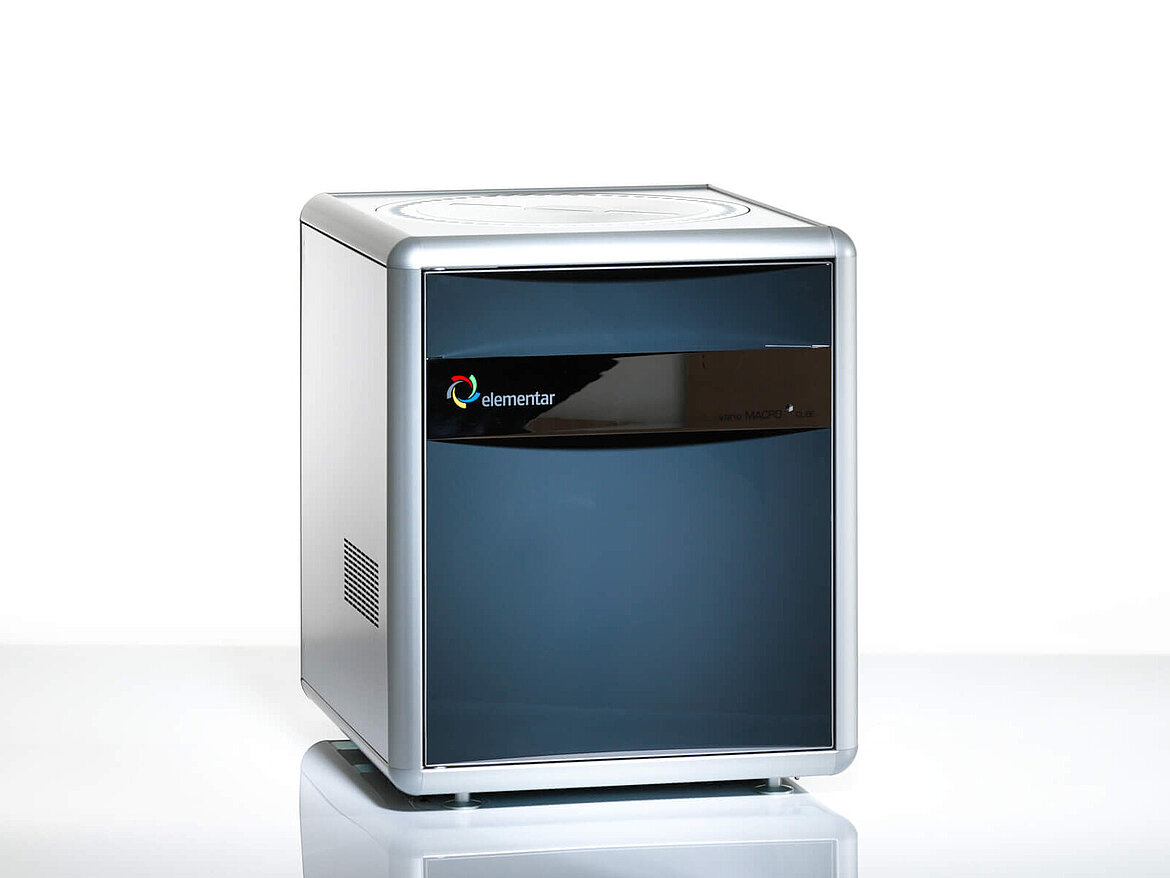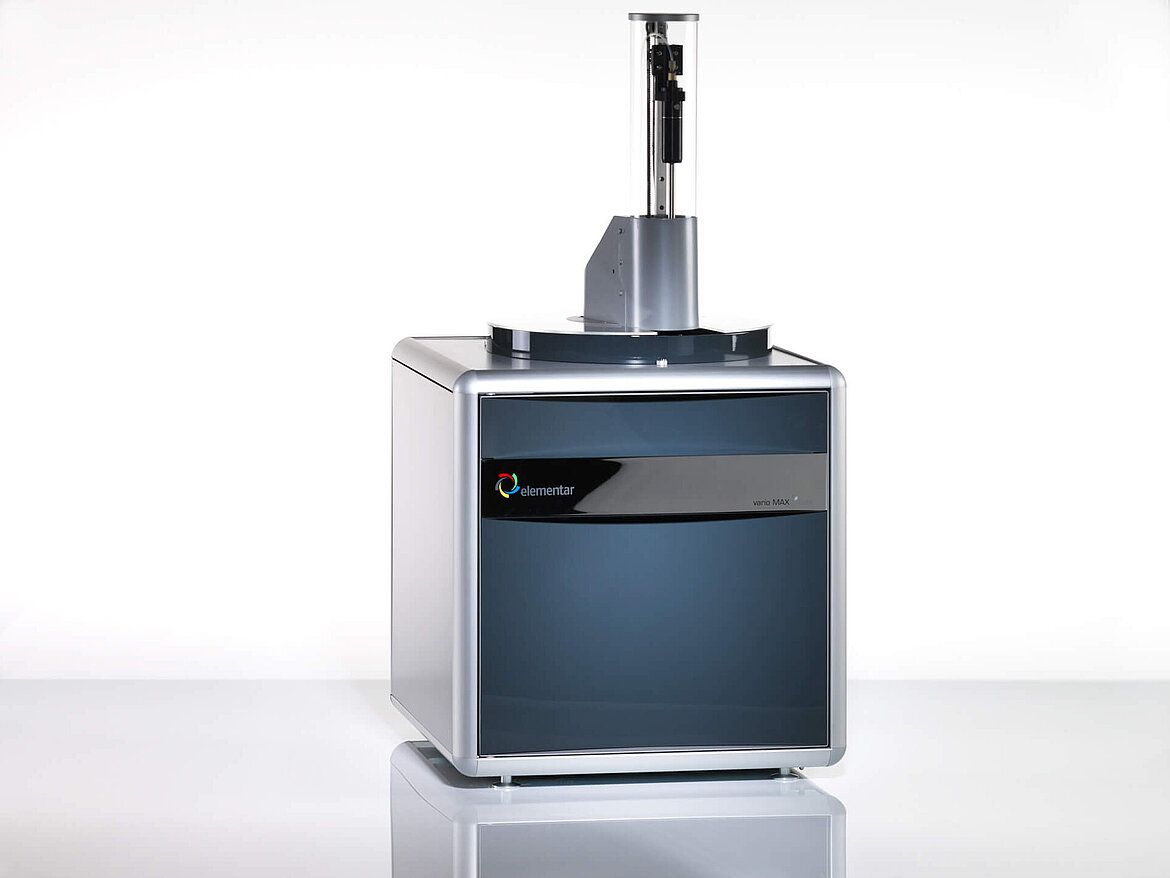High precision carbon and sulfur analysis
Experience industry-leading performance in carbon and sulfur analysis with the rapid CS cube: The elemental analyzer offers simultaneous, fast and automated analysis of carbon and sulfur, making the rapid CS cube a universal instrument for the analysis of coal and coke, soil samples, or waste. Designed for unattended 24/7 operation with highest possible instrument uptime, the rapid CS cube delivers results with highest precision and accuracy at outstanding low maintenance.
Highlights of the rapid CS cube
Great application flexibility
enables analysis of diverse sample types and sample weights
Low maintenance
through clean combustion, avoiding dust formation and contamination of the analyzer
One detector for the entire measuring range
for excellent analytical sensitivity and minimized calibration effort
In accordance with international standards
such as ASTM 4239 (S in coal and coke), ISO 15178 (S in soil), EN 15936 (TOC in solids), etc.
Features
Great application flexibility
The rapid CS cube offers great application flexibility: the instrument is able to analyze e.g. 400 mg of coal, less than 1 mg of fine chemicals, or 100 mg of plant material with highest precision and accuracy. Depending on sample throughput and sample size, the analyzer comes equipped with a 60 to 120 position autosampler for automated analysis. The rapid CS cube also allows the direct determination of total organic carbon (TOC) after acidification of the sample and can be easily retrofitted to measure liquid samples. With additional options for total inorganic carbon (TIC) and chlorine determination, the rapid CS cube offers unmatched flexibility.
Low maintenance through clean combustion
The rapid CS cube offers fast and automated carbon and sulfur analysis for unattended 24/7 operation. Through wrapping the samples into tin foil (solid samples) or tin capsules (liquid samples), dust formation and contamination of the analyzer is avoided, which would otherwise require tedious cleaning routines. This results in outstanding low maintenance efforts (only exchanging the ash finger is necessary) and guarantees highest possible instrument uptime. Whenever maintenance is necessary though, our user-friendly clamp connections system ensures a tool-free maintenance experience, while the slide-out furnace gives access to all important parts and guarantees a comfortable working posture.
One detector for the entire measuring range
The rapid CS cube is free from spectral interferences and works with just one detector and one detection range over the entire concentration range of the analyzer. The IR detector is customized for sulfur and carbon analysis. The result is a very good signal-to-noise ratio, excellent analytical sensitivity, and trouble-free measurements of unknown samples with strongly deviating concentrations. In addition, utilizing one detector for the entire measure range reduces the calibration effort to a minimum.
Compliant to international standards
Designed to meet all important international coal and coke standards, the rapid CS cube is in accordance with standards like ASTM D4239 (S in coal and coke), DIN 51724-3 (S in solid fuels) as well as ISO 15178 (S in soil), EN 15936 (TOC in solids), etc.
Future-proof thanks to 10 years guarantee
Thanks to the outstanding robustness and longevity of our rapid CS cube, we grant a 10-year guarantee on the high-temperature combustion furnace. With our long-term oriented dedication to technical support, we provide spare parts for a minimum of 10 years. This results in outstanding low total cost of ownership, giving you confidence in return of investment.
Product details
The rapid CS cube is optimized for the analysis of:
- CS
- C
- S
- Cl*
- TIC in solids*
* optionally available
Weighing range
Large weighing range:
The instrument’s range encompasses micro (< 1 mg) and macro (1 g) applications, depending on the sample type.
Element concentration range
Large dynamic concentration range:
C: up to 40 mg absolute, from 0 - 100 %
S: up to 20 mg absolute, from 0 - 100 %
Cl*: up to 1.2 mg, from 0 - 100 %
Precision
< 1 % relative (homogeneous substance), depending on sample type, analysis mode, and configuration
Analysis time
~ 3-5 min, self-optimizing according to element content and sample weight. Depending on sample type, analysis mode, and configuration.
* optionally available
Quantitative high-temperature decomposition
The rapid CS cube functions at a permanent temperature near 1,200 °C, reaching 1,800 °C during combustion due to the combustion enthalpy of the tin capsules. In pure oxygen, the contained sulfur is fully converted into SO2 with 100 % recovery, even in the case of BaSO4. Carbon is converted to CO2 and detected by a real non-dispersive IR detector.
Detector
- SO2 and CO2 specific infrared detector for sulfur and carbon analysis
- Electrochemical detector* for chlorine
Sample introduction
- Integrated 60, 80*, or 120* positions autosampler (for solids and liquids in capsules), reloadable during analysis
- Integrated 2 ml vial, 50 positions liquid autosampler with rinse and waste vial*, reloadable during analysis
Maximum furnace temperature
1,200 ° C (whereby 1,800 °C is briefly reached at the combustion point when using tin foil)
Instrument control
Windows® based rapid CS cube operating software with LIMS integration and auto sleep and wake-up function for automated and unattended overnight operation. 21 CFR Part 11 functionality available.*
Required gases
Oxygen or synthetic air
Dimensions
48 x 55 x 55 cm (W x D x H)
* optionally available
Electronic balance
Balance and elemental analyzer form a system. We offer analytical balances from the leading manufacturers with our instruments. Please contact usfor further information.
Sample former and pressing tools
For simplified sample preparation, we offer a manual tool for compressing samples in tinfoil or cups, and a mechanical press for the preparation of pellets with paper wrapping.
Capsule sealing press
Tool for the exact dosing and gas-tight sealing of tin or silver capsules, for liquid and sensitive samples.
Coal standards
We offer a variety of coal standards with concentrations from < 0.5 % S up to 2.5 – 3.5 % S.
